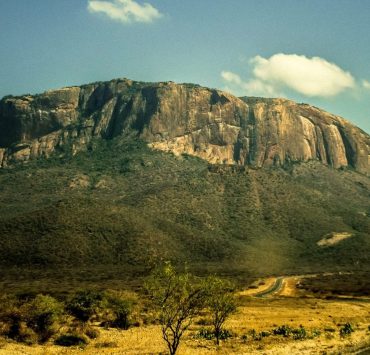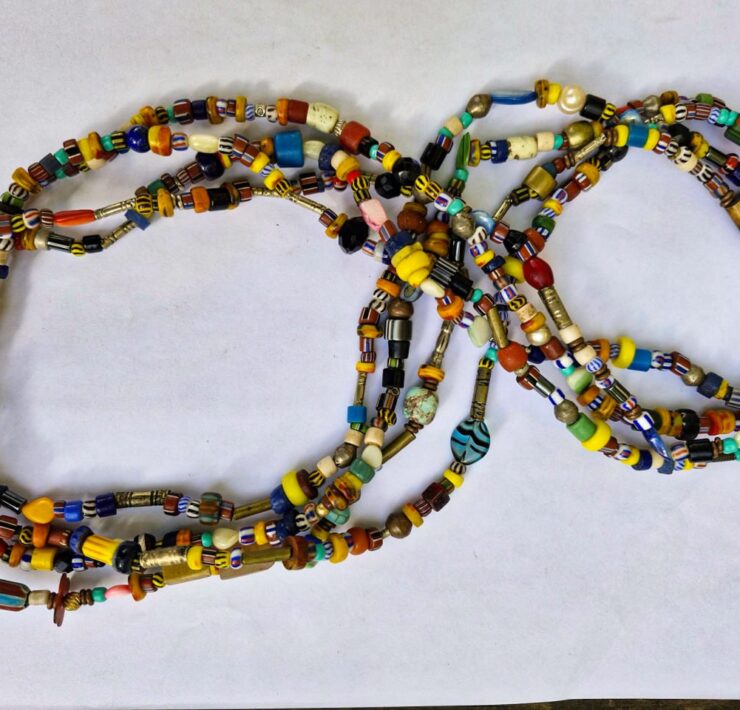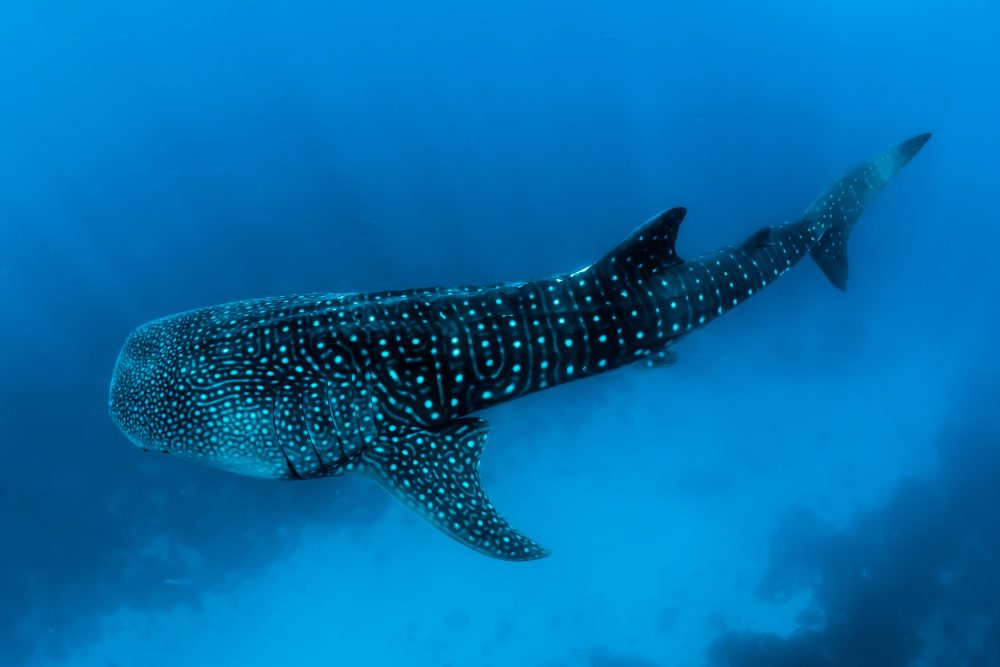
Passionate about getting God's message concerning Afrika and the end…
Read Next
KENYA’S BIG SIX
On a fun side of things, it’s safe to say Kenya is like one huge wild life with fine cities in it. You simply can’t wish away the beautiful presence of everything nature around you. Ranging from monkeys sniping through your kitchen window for some afternoon snack, zebras grazing along the highway not caring about the many cars and vehicles passing, and the various beautiful attitudes you see in nature. Of this endless list, we present the popular Big Six of Kenya’s wildlife.
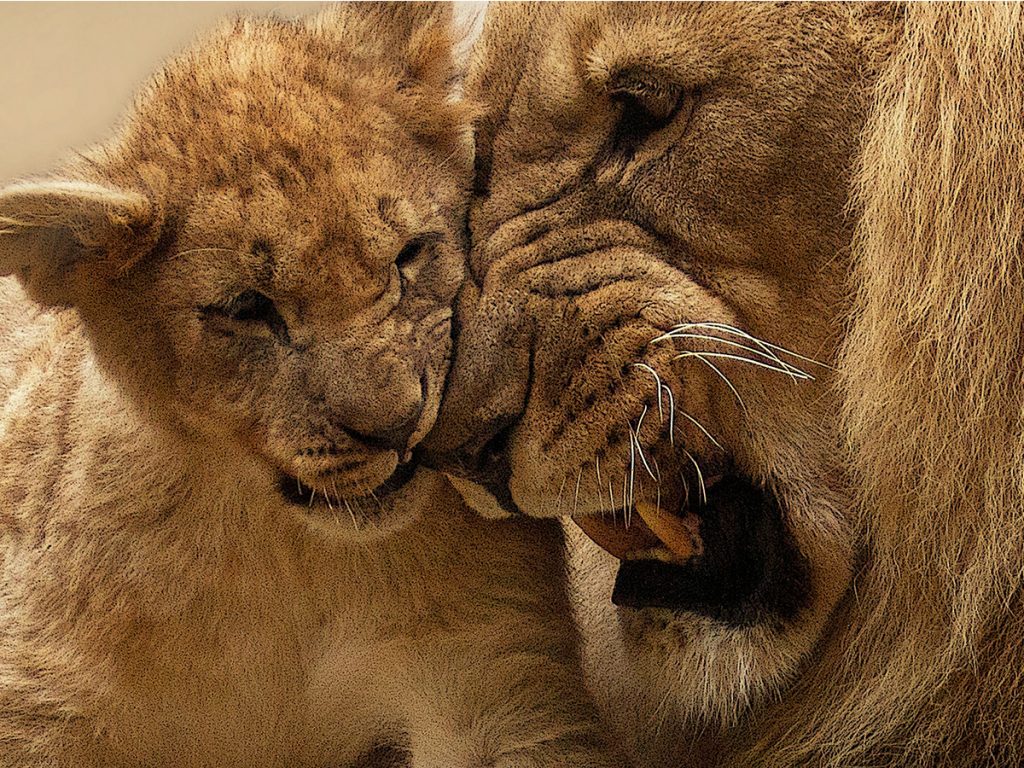
The African Lion (The Original Simba)
The male, beautiful, regal and powerful, with his distinctive mane has been the subject of folklore, photographers and movie makers for ages. With his trusty fierce and sleek lionesses, skilled and efficient team of hunters by his side, he
makes for a formidable force on any hunting ground. In the Bible, the lion has been a symbol of dominion, authority, kingship and also a warning of dangers of sin.
In Kenya, this beautiful beast can be found in most parks and game reserves across the country.
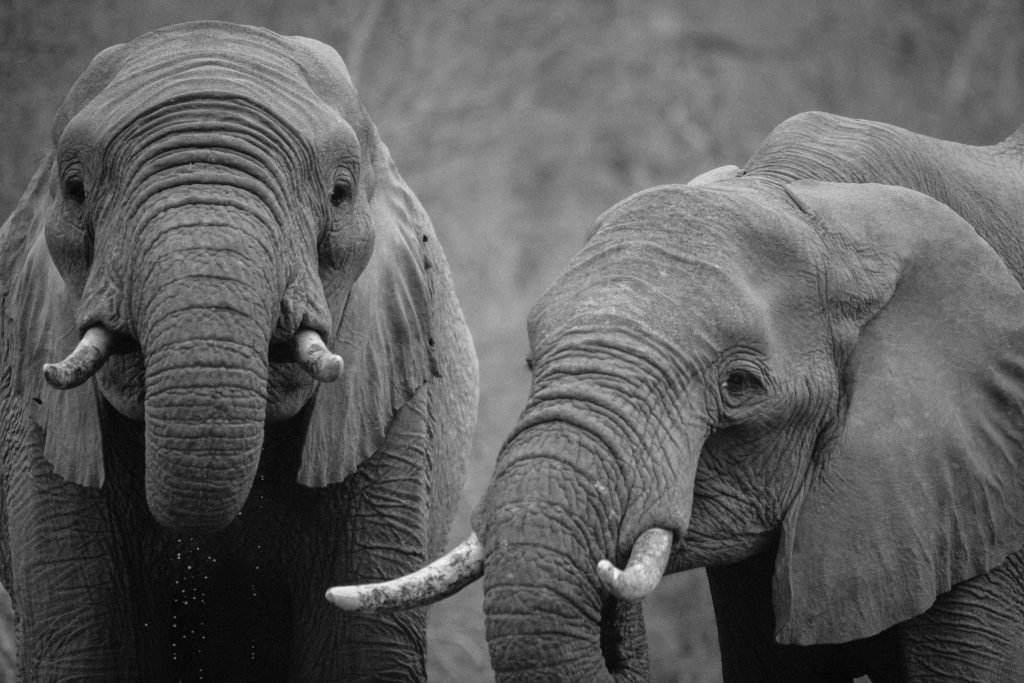
The African Elephant (Ndovu)
The African Elephant is the largest mammal, and while this animal can show fierce aggression, it also has strengths that can be used to inspire.
The Elephant has been said to have a long memory that connects it not only to ancient migratory paths and pools of water but also to long lost relatives and the bones of their departed. Elephants have a strong sense of family and identity and show affection and tenderness towards each other and will fight the fiercest of foes in order to defend one another. The female of the species are the ones chosen to lead the herd, not through any show of force or violence, but rather through an identification of the most wise, most intelligent and the one with the greatest ability to solve problems.
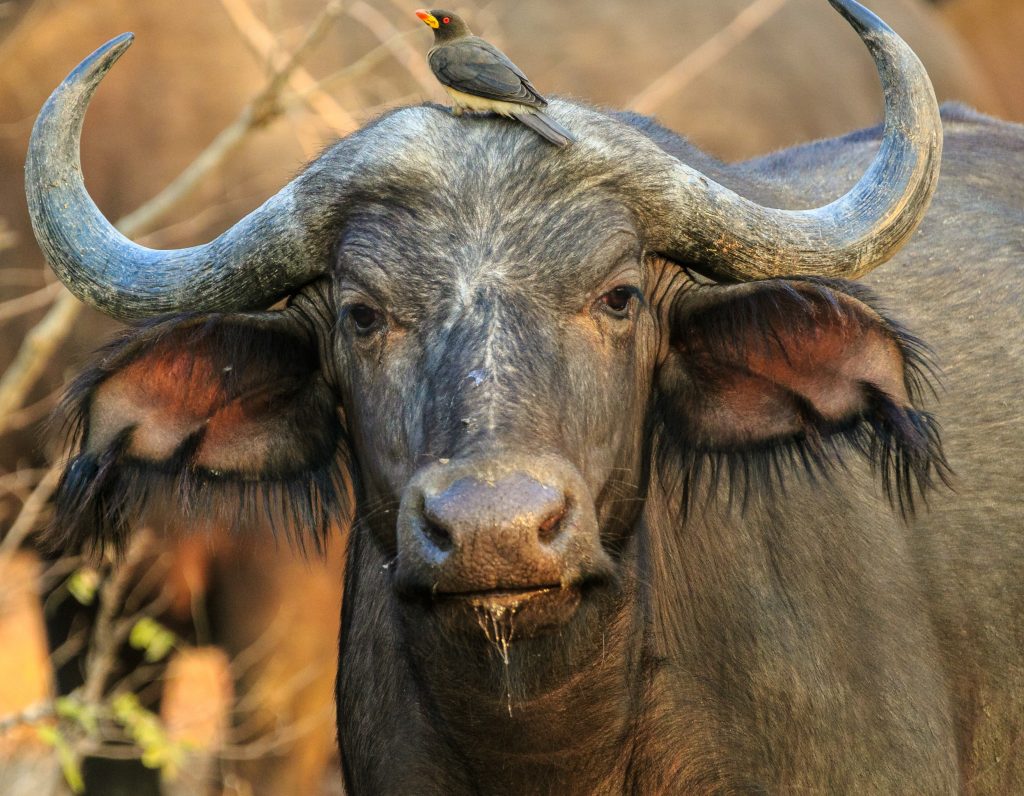
African Buffalo (Nyati)
The African Buffalo has been said to be unpredictable and dangerous if cornered or wounded. They have even been known to ambush their attackers – be they lions or men.
However, these huge, horned cow-like creatures are peaceful when left alone and are also very sociable within their herds, and will often work together to ward off attacks from lions and to protect their calves. It’s because of this that even the sick and weak members of the herd tend to survive. The solitary buffaloes, however, are more
vulnerable.
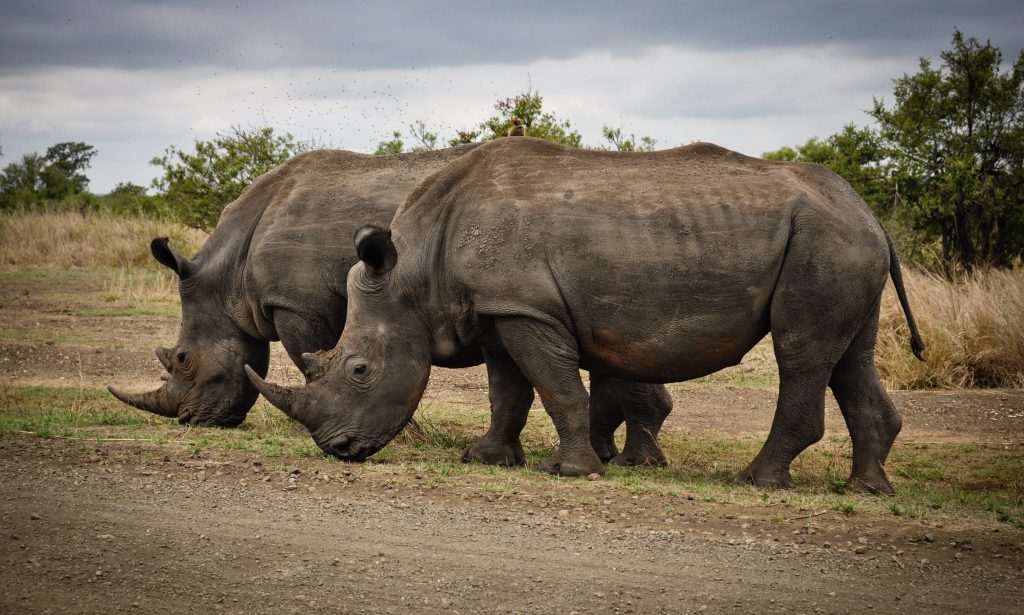
Rhinoceros (Kifaru)
The Rhinoceros or Rhino is known for its poor eyesight, good hearing and sense of smell and surprisingly fast speeds while charging at its foes. The Black Rhino is largely solitary and the White more sociable as well as being the second largest mammal.
The Rhino is said to have no true natural predators, perhaps except man who has hunted it to the point of extinction in order to use its horn for traditional medicine – primarily in Asia. The females nurture their young for 2-4 years.
The Rhino has been said to be aggressive and short-tempered, but it’s really more likely to be its protective instinct kicking in, not wanting harm to come to its young or in the case of the male, it’s position. The Rhino’s skin is about 1.5cm – 5cm thick, but while it can protect it from injury, it is very sensitive and prone to irritation and so has to be looked after through mud wallowing and the tender ministrations of the tick bird which helps pick ticks off the Rhino and warn it of any approaching enemies.
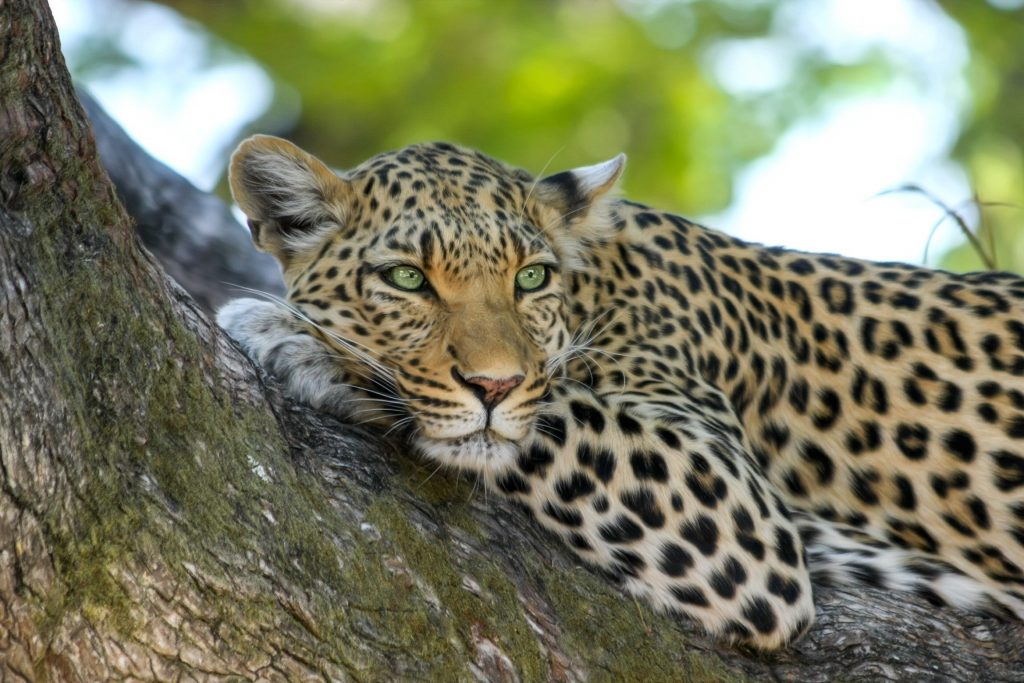
The African Leopard (Chui)
This reclusive member of the cat family is covered by a beautiful, spotted coat; the spots are called rosettes because they are shaped like a rose. These are more circular in East African Leopards and square in Southern Africa leopards.
A stealthy and effective hunter, the Leopard has been known to strike at its unsuspecting prey even from above; and then to drag its kill up into the branches to dine on, while protecting it from other predators and scavengers.
These primarily nocturnal hunters are very comfortable in the water and can easily catch fish and crabs and are said to be the most adaptable and widespread of all the big cats.
Black leopards’ spots are mostly indistinguishable and are commonly called Black Panthers.
Leopards prefer a solitary existence, except when mating or – for the females – when raising their young.
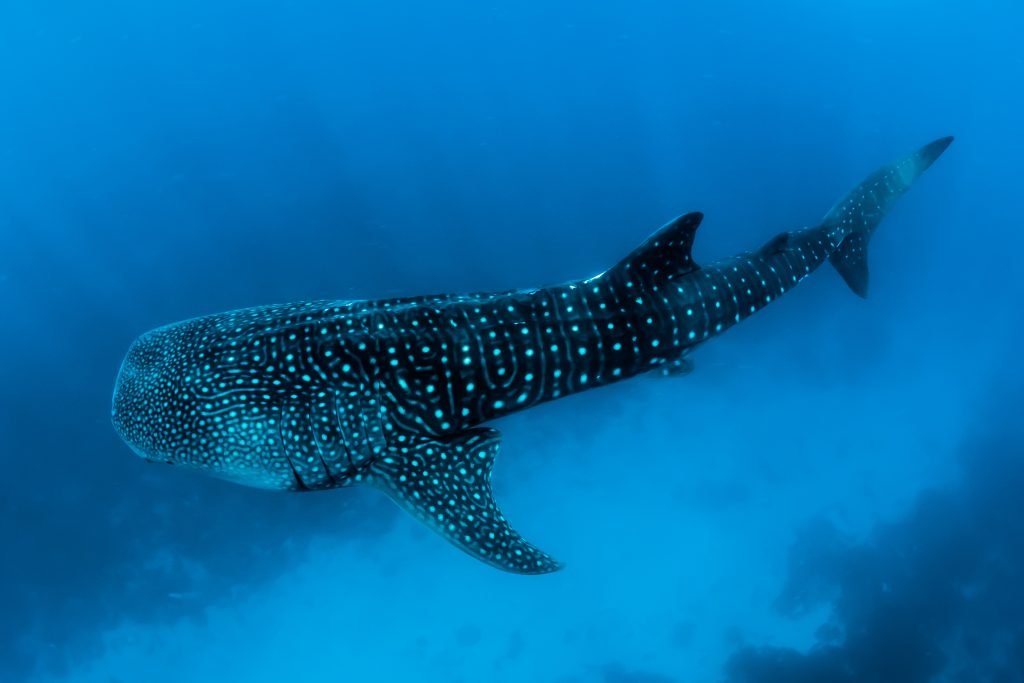
The Whale Shark (Papa Shilingi)
With its beautiful circular markings, the giant whale shark – the largest fish in the world – is now a part of Kenya’s tourist attractions. This gentle giant prefers warmer waters, explaining why it finds its way to the waters off Kenya’s coast. For such a
large fish, reaching lengths of 15 meters, this gentle giant dines on the smallest of fare – plankton and tiny fish, which it sucks in through its wide open mouth as it filters out the large amounts of water it ingests, while swallowing its fare. This is a process known as filter feeding.
Whale sharks are migratory, travelling many thousands of kilometers on journeys that scientists are still trying to understand.
Sadly though, they are victims of over-fishing, with local fishermen targeting them for their liver oil, to protect their boats against rot.
Subscribe now for updates from Msingi Afrika Magazine!
Receive notifications about new issues, products and offers.
What's Your Reaction?
 PIN IT
PIN ITPassionate about getting God's message concerning Afrika and the end times to the world, in order to heal, restore and rebirth Afrika to her true purpose and destiny in God.














